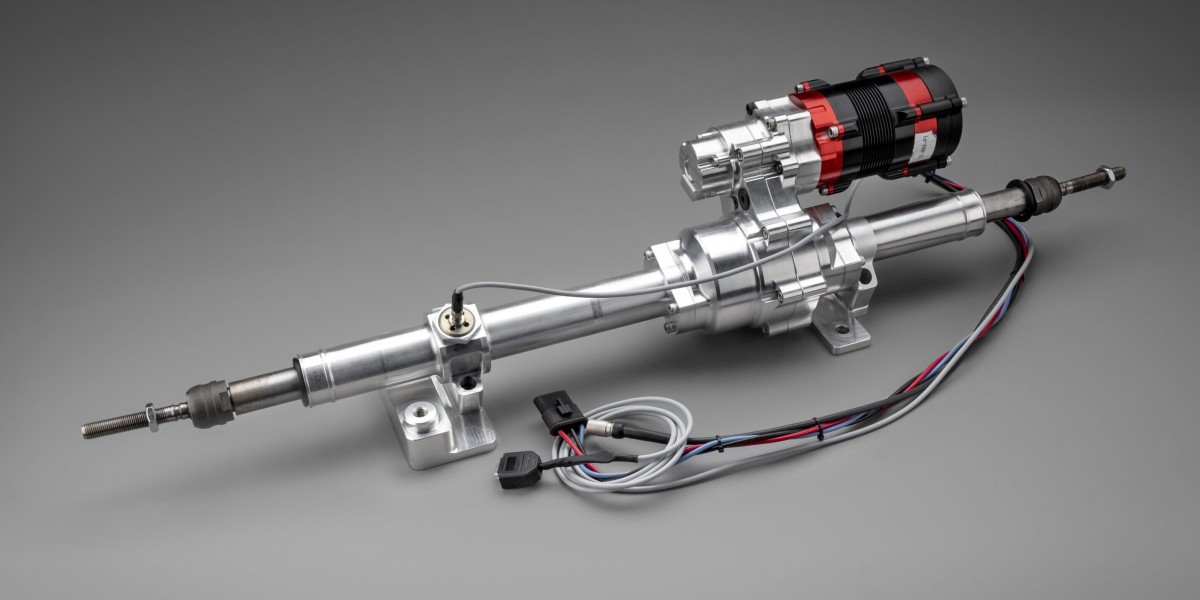Introduction: A Necessary Pain Ally or a Lingering Risk?
If you’ve been taking Celebrex 200mg (celecoxib) for weeks, months, or even years, you might be wondering, “Have I been taking Celebrex too long?” It’s a valid and important question. Chronic conditions such as arthritis, ankylosing spondylitis, or other inflammatory joint disorders often demand long-term solutions. However, long-term use of any medication, even one as targeted as celecoxib, warrants close attention and evaluation. This blog will help you understand the implications of long-term Celebrex use, how it works, its safety profile, and when it might be time to reassess your treatment strategy.
Section 1: Understanding Celebrex 200mg (Celecoxib)
What is Celebrex?
Celebrex is the brand name for celecoxib, a selective COX-2 inhibitor used primarily to treat pain and inflammation. Unlike traditional NSAIDs, celecoxib targets COX-2 enzymes responsible for inflammation without affecting COX-1 enzymes, which help protect the stomach lining.
Why 200mg?
The 200mg dosage is commonly prescribed for moderate to severe cases of osteoarthritis, rheumatoid arthritis, and other chronic pain conditions. This dosage balances effectiveness with a tolerable risk profile for most adult patients.
Section 2: How Celecoxib Works in the Body
Celecoxib acts by blocking the COX-2 enzyme, which in turn reduces the production of prostaglandins—chemical messengers that trigger pain and inflammation. Unlike non-selective NSAIDs that affect both COX-1 and COX-2, celecoxib’s selectivity lowers the risk of gastrointestinal bleeding. However, this doesn’t eliminate all potential risks, especially with extended use.
Section 3: When Does Short-Term Use Become Long-Term?
Short-term use typically refers to a few days or weeks of treatment, often for acute flare-ups.
Long-term use means taking celecoxib regularly for several months or even years.
Patients often continue with celecoxib for long durations when the relief outweighs the side effects. However, over time, the cumulative effects may lead to cardiovascular, gastrointestinal, or kidney-related complications.
Section 4: Signs You’ve Been Taking Celebrex Too Long
Diminished Pain Relief
If Celebrex 200mg no longer provides the same level of pain relief, it may indicate tolerance or progression of your underlying condition.Elevated Blood Pressure
Celecoxib can cause fluid retention and raise blood pressure over time. Regular monitoring is essential.Stomach Discomfort or Digestive Changes
Despite being gentler on the stomach than traditional NSAIDs, long-term celecoxib use can still irritate the digestive tract in some people.Kidney Function Fluctuations
Extended use can affect kidney filtration. Watch for swelling in the legs or decreased urination.Heart Health Concerns
Prolonged use in certain populations has been associated with a slightly increased risk of heart attack or stroke.
Section 5: Who Should Reconsider Long-Term Celecoxib Use?
Certain individuals are more vulnerable to long-term side effects:
Older adults (65+)
Those with cardiovascular conditions
Patients with a history of ulcers or GI bleeding
Individuals with impaired kidney function
In these cases, it’s critical to weigh benefits against risks and have regular medical reviews.
Section 6: Evaluating Your Current Use – Key Questions to Ask
Has your doctor re-evaluated your Celebrex use in the past 6 months?
Do you take 200mg daily or only during symptom flare-ups?
Have you experienced new symptoms since starting the medication?
Are you also managing risk factors like high blood pressure, cholesterol, or smoking?
Your honest answers can guide your next steps.
Section 7: Monitoring and Managing Long-Term Celecoxib Use
A. Regular Check-ups
Schedule lab tests every 6 to 12 months to monitor kidney function, blood pressure, and liver enzymes.
B. Dose Adjustments
Consider tapering down to 100mg if appropriate or taking the medication only during flare-ups.
C. Non-Pharmacological Additions
Incorporate physical therapy, weight management, and anti-inflammatory diets to lessen medication dependence.
D. Risk Mitigation
Avoid combining celecoxib with alcohol or other potentially ulcer-inducing substances. Stay hydrated and active.
Section 8: When to Talk to Your Doctor
It’s time to reassess your treatment if:
You’ve been on Celebrex 200mg continuously for more than 6–12 months.
Your condition is worsening despite medication.
You experience side effects like chest pain, shortness of breath, black stools, or unexplained fatigue.
You’re considering pregnancy or are pregnant.
Don’t discontinue Celebrex abruptly. Instead, consult your physician to create a tapering plan if necessary.
Section 9: Are There Safer Alternatives?
While this blog focuses solely on celecoxib and not other medications, it’s worth noting that physicians may suggest:
Lower dosages of celecoxib during periods of remission
Topical treatments or physical rehabilitation programs
Mind-body techniques such as yoga and cognitive behavioral therapy
All approaches should aim to reduce the need for long-term pharmaceutical intervention while keeping your pain under control.
Section 10: Debunking Common Myths
“Celebrex is safe for everyone if prescribed.”
False. Though FDA-approved, its safety depends on personal health status and usage duration.
“If I feel fine, I don’t need to worry about long-term use.”
Not always true. Side effects can accumulate silently, especially kidney and cardiovascular complications.
“Stopping Celebrex abruptly is safe.”
Incorrect. Gradual reduction, under medical supervision, is the safest route to avoid rebound pain or inflammation.
Section 11: Patient Stories – Real Experiences
Many long-term users share mixed experiences. Some report sustained relief without significant issues, especially when combined with lifestyle changes. Others eventually experience plateauing effects or new health complications, prompting a shift in treatment strategy.
Tracking your journey in a pain journal can help identify patterns and aid medical consultations.
Section 12: Tips for Safe, Sustainable Use
Stick to the lowest effective dose.
Take Celebrex with food to reduce stomach irritation.
Stay hydrated and avoid high-sodium diets to reduce kidney burden.
Report new or unusual symptoms promptly.
Don’t skip regular follow-ups and lab evaluations.
Conclusion: Knowledge Empowers Long-Term Wellness
Celebrex 200mg (celecoxib) can be a powerful ally in managing chronic inflammation and pain. But like all long-term medications, it demands periodic reassessment. The question, “Have I been taking Celebrex too long?” deserves thoughtful reflection and proactive dialogue with your healthcare provider.
Long-term safety lies not in blind continuation but in informed, responsible use. Monitor your health, listen to your body, and never hesitate to seek guidance. Your pain management journey should evolve as your health does.
Frequently Asked Questions (FAQs)
Q1. Can I take Celebrex 200mg every day?
Yes, if prescribed, but regular evaluations are necessary to ensure safety.
Q2. How long is it safe to use Celebrex?
Duration depends on your condition, health profile, and response to treatment. Long-term use may be safe under supervision.
Q3. What are the long-term side effects of Celebrex 200mg?
Potential issues include cardiovascular events, kidney strain, and digestive complications.
Q4. Can I stop Celebrex abruptly?
No, consult your doctor before stopping to avoid flare-ups or withdrawal symptoms.
Q5. Is Celebrex habit-forming?
Celecoxib is not addictive, but long-term use can cause the body to depend on it for pain control.
Q6. Can I reduce my Celebrex dosage after long-term use?
Yes, under medical supervision, you may taper the dosage or shift to intermittent use.
Q7. How do I know if Celebrex is no longer working?
Increased pain or reduced mobility despite regular use may signal reduced effectiveness.
Q8. What tests should I take while on long-term Celebrex?
Blood pressure checks, kidney function tests, and liver enzyme panels are recommended.
Q9. Is Celebrex safe for heart patients?
Use with caution. Discuss with your cardiologist before continuing long-term.
Q10. Can I use lifestyle changes to reduce my dependence on Celebrex?
Yes. Weight loss, exercise, physical therapy, and anti-inflammatory diets can help reduce your dosage needs.








